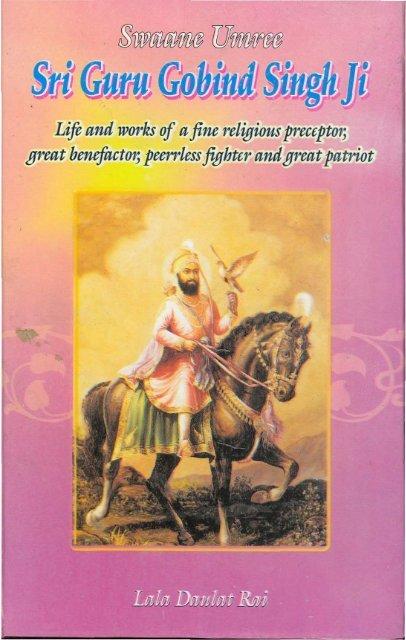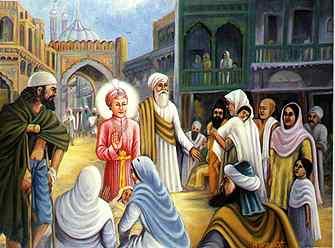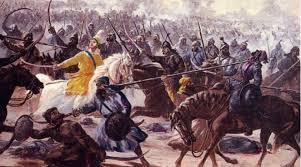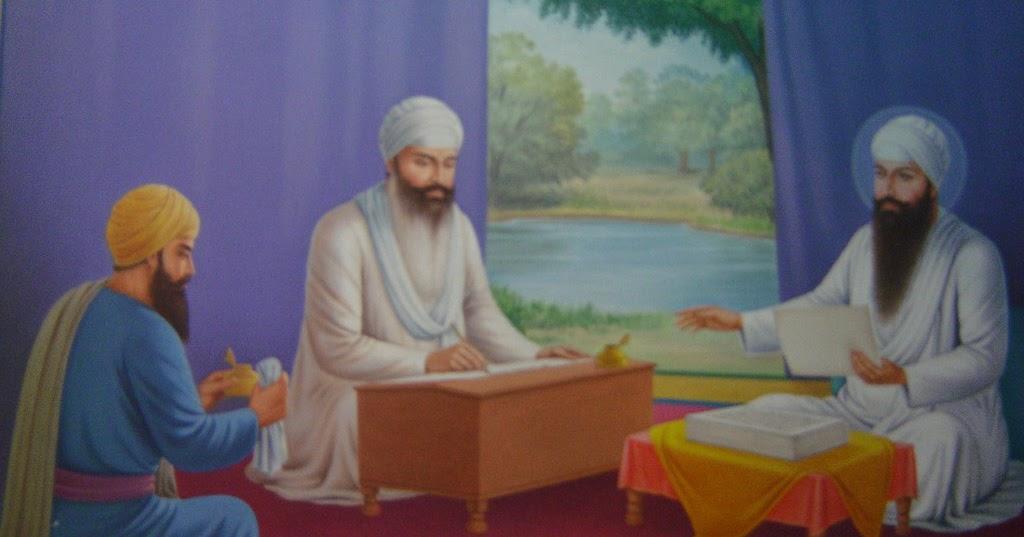Thoughts that cause jealousy and the error of comparing oneselle to another - Expert Clinical Psychologist Romina Kuyumcuoglu
Jealousy is not a feeling, but a phenomenon that arises from the combination of various thoughts! So jealousy is the result of our thoughts.
Thoughts such as "Why don't I have one?!", "She's prettier, stronger, richer, more successful...", "Let me have what she has!" causes a phenomenon called jealousy. What starts jealousy comes from comparing me and the others to what they have.
"She's prettier, stronger, richer, more successful than me..."
"She's got a nicer house."
"He's got a better job."
"He's got better physique than I do."
Comparing ourselves to others leads us to jealousy. However, apples and pears and watermelons are not comparable. Just as each of them has different color, texture, appearance and taste, and therefore cannot be compared, people are also different and special from each other. That's why they're incomparable. What happens in nature doesn't compare to each other anyway. The tree does not compare itself to the flower, the bird does not compare itself to the lion, the lion does not compare itself to the giraffe. Each of them exists with pleasure, especially in life. The comparison is for humans, because the main reason for the comparison is our own thoughts.
If we recognize the redundancy of comparison thoughts and remove them from the structure, the phenomenon of jealousy disappears. If the person compares the beauties, characteristics and qualities he has with another, it is not fair. Because every individual exists with all that they have. If one compares only one part of it to a part of the other person (his house is better than mine), it can't be a very objective comparison. It would also be quite wrong to compare the person only from here, as he cannot define the size of the house he owns. It's not just our intelligence, it's not our home, it's not just our physique, it's not just our interests, it's not just our abilities that make us who we are. It's all and more than all of this that makes us who we are.
"Is it just the way you look beautiful that makes you who you are?
Is it just your job that makes you who you are?
Is it just your size that makes you who you are? Is it just your intelligence that makes you who you are?
Is that your car that made you who you are?
Are you just one thing that compares one piece of yourself to one piece of the other?"
What starts jealousy comes from comparing me and the others to what they have.
We learn to compare ourselves to others with what we hear, but today as an adult we have the power to restructure everything we learned in childhood.
No human being is just one thing that compares itself to the other, it is contrary to the way man exists, so the so-called comparison is the result of a complete error of thought. Don't make that mistake!
#malloftrends #linkedin #fashionblog #lifestyleblog #inspirationmotivation #jealousy #valueyourself #jobseekers
Jealousy is not a feeling, but a phenomenon that arises from the combination of various thoughts! So jealousy is the result of our thoughts.
Thoughts such as "Why don't I have one?!", "She's prettier, stronger, richer, more successful...", "Let me have what she has!" causes a phenomenon called jealousy. What starts jealousy comes from comparing me and the others to what they have.
"She's prettier, stronger, richer, more successful than me..."
"She's got a nicer house."
"He's got a better job."
"He's got better physique than I do."
Comparing ourselves to others leads us to jealousy. However, apples and pears and watermelons are not comparable. Just as each of them has different color, texture, appearance and taste, and therefore cannot be compared, people are also different and special from each other. That's why they're incomparable. What happens in nature doesn't compare to each other anyway. The tree does not compare itself to the flower, the bird does not compare itself to the lion, the lion does not compare itself to the giraffe. Each of them exists with pleasure, especially in life. The comparison is for humans, because the main reason for the comparison is our own thoughts.
If we recognize the redundancy of comparison thoughts and remove them from the structure, the phenomenon of jealousy disappears. If the person compares the beauties, characteristics and qualities he has with another, it is not fair. Because every individual exists with all that they have. If one compares only one part of it to a part of the other person (his house is better than mine), it can't be a very objective comparison. It would also be quite wrong to compare the person only from here, as he cannot define the size of the house he owns. It's not just our intelligence, it's not our home, it's not just our physique, it's not just our interests, it's not just our abilities that make us who we are. It's all and more than all of this that makes us who we are.
"Is it just the way you look beautiful that makes you who you are?
Is it just your job that makes you who you are?
Is it just your size that makes you who you are? Is it just your intelligence that makes you who you are?
Is that your car that made you who you are?
Are you just one thing that compares one piece of yourself to one piece of the other?"
What starts jealousy comes from comparing me and the others to what they have.
We learn to compare ourselves to others with what we hear, but today as an adult we have the power to restructure everything we learned in childhood.
No human being is just one thing that compares itself to the other, it is contrary to the way man exists, so the so-called comparison is the result of a complete error of thought. Don't make that mistake!
#malloftrends #linkedin #fashionblog #lifestyleblog #inspirationmotivation #jealousy #valueyourself #jobseekers
Thoughts that cause jealousy and the error of comparing oneselle to another - Expert Clinical Psychologist Romina Kuyumcuoglu
Jealousy is not a feeling, but a phenomenon that arises from the combination of various thoughts! So jealousy is the result of our thoughts.
Thoughts such as "Why don't I have one?!", "She's prettier, stronger, richer, more successful...", "Let me have what she has!" causes a phenomenon called jealousy. What starts jealousy comes from comparing me and the others to what they have.
"She's prettier, stronger, richer, more successful than me..."
"She's got a nicer house."
"He's got a better job."
"He's got better physique than I do."
Comparing ourselves to others leads us to jealousy. However, apples and pears and watermelons are not comparable. Just as each of them has different color, texture, appearance and taste, and therefore cannot be compared, people are also different and special from each other. That's why they're incomparable. What happens in nature doesn't compare to each other anyway. The tree does not compare itself to the flower, the bird does not compare itself to the lion, the lion does not compare itself to the giraffe. Each of them exists with pleasure, especially in life. The comparison is for humans, because the main reason for the comparison is our own thoughts.
If we recognize the redundancy of comparison thoughts and remove them from the structure, the phenomenon of jealousy disappears. If the person compares the beauties, characteristics and qualities he has with another, it is not fair. Because every individual exists with all that they have. If one compares only one part of it to a part of the other person (his house is better than mine), it can't be a very objective comparison. It would also be quite wrong to compare the person only from here, as he cannot define the size of the house he owns. It's not just our intelligence, it's not our home, it's not just our physique, it's not just our interests, it's not just our abilities that make us who we are. It's all and more than all of this that makes us who we are.
"Is it just the way you look beautiful that makes you who you are?
Is it just your job that makes you who you are?
Is it just your size that makes you who you are? Is it just your intelligence that makes you who you are?
Is that your car that made you who you are?
Are you just one thing that compares one piece of yourself to one piece of the other?"
What starts jealousy comes from comparing me and the others to what they have.
We learn to compare ourselves to others with what we hear, but today as an adult we have the power to restructure everything we learned in childhood.
No human being is just one thing that compares itself to the other, it is contrary to the way man exists, so the so-called comparison is the result of a complete error of thought. Don't make that mistake!
#malloftrends #linkedin #fashionblog #lifestyleblog #inspirationmotivation #jealousy #valueyourself #jobseekers
0 Commentaires
0 Parts
0 Aperçu









